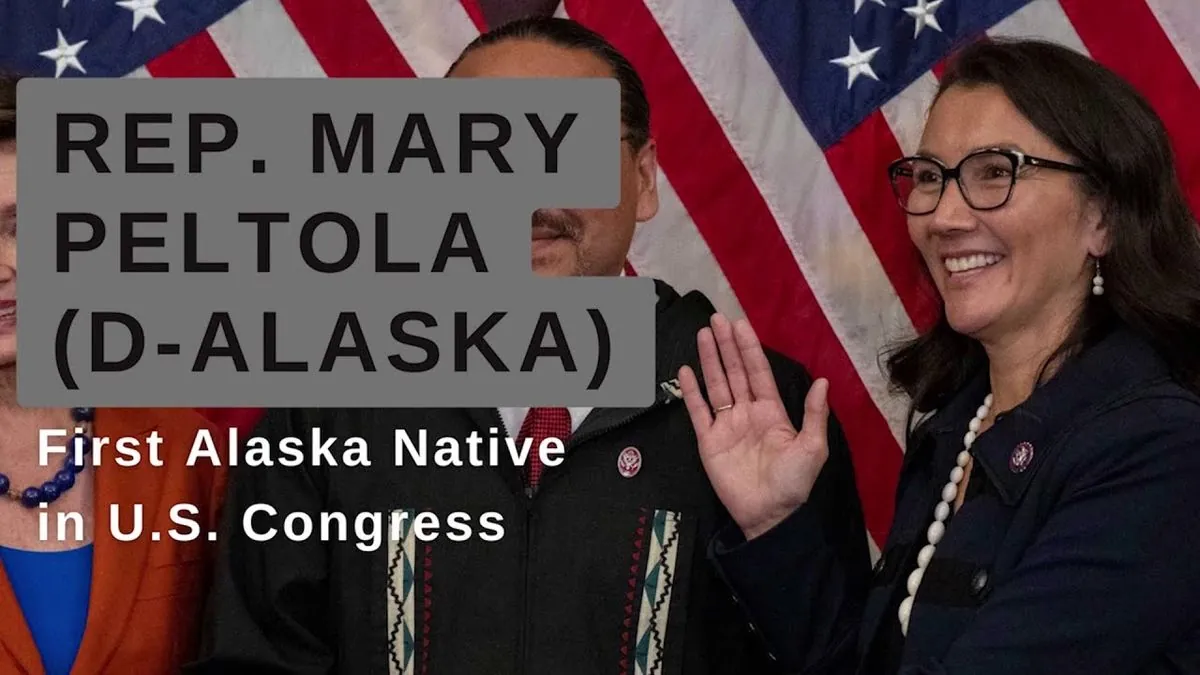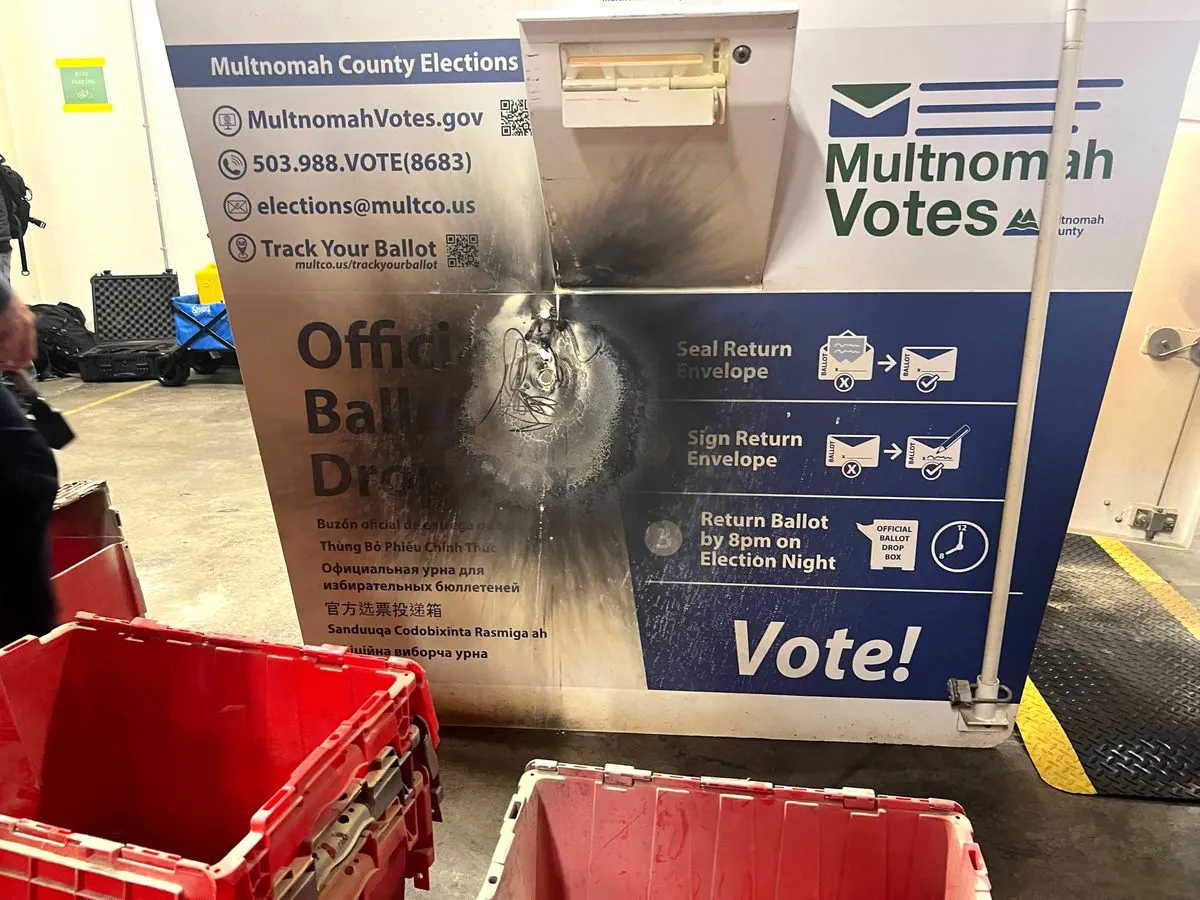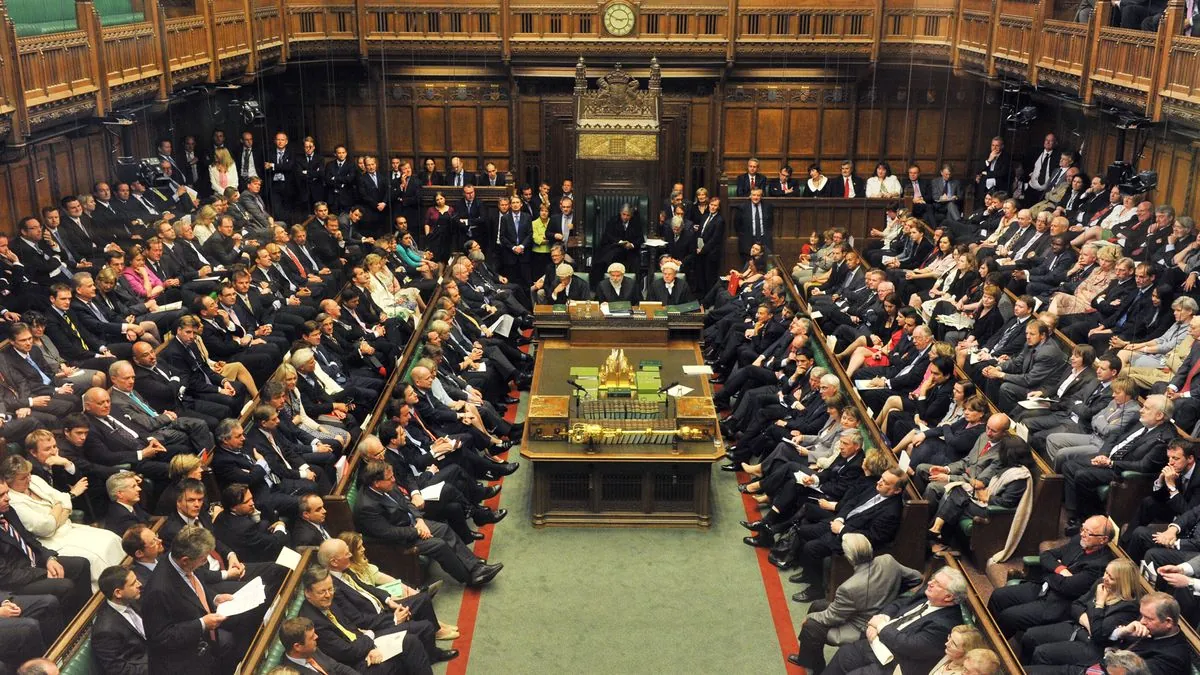Harris to Unveil Domestic Manufacturing Boost Plan in Key Swing State
U.S. Vice President Kamala Harris set to propose new incentives for domestic manufacturing in Pennsylvania. The move comes as both candidates intensify focus on economic issues ahead of the November election.

In a strategic move to address voter concerns, Kamala Harris, the first female, Black, and South Asian American vice president in U.S. history, is set to unveil a new economic proposal in Pennsylvania, a crucial swing state. The plan, focusing on bolstering domestic manufacturing, comes just a day after her Republican opponent, Donald Trump, expressed intentions to "take" factory jobs from other nations if elected.
Harris's scheduled appearance at the Economic Club of Pittsburgh, one of the oldest organizations of its kind in the United States, aims to expand on her existing economic platform. This platform includes homebuyer subsidies, tax breaks for small businesses, and a federal ban on grocery price gouging. The vice president is expected to emphasize collaboration with the private sector and entrepreneurs to foster middle-class growth.

The focus on manufacturing is particularly significant, given that this sector contributes approximately 11% to the U.S. GDP. Harris's approach contrasts sharply with Trump's proposed across-the-board tariffs on foreign-made goods, a strategy that has garnered support from a slim majority of voters.
Recent polling data indicates a shift in public perception regarding economic competence. A Reuters/Ipsos poll, conducted by the global market research company Ipsos in partnership with Thomson Reuters, shows Trump's advantage on "the economy, unemployment and jobs" has narrowed to just 2 percentage points, down from an 11-point lead in late July.
Harris has been positioning herself as the champion of the American middle class, which typically includes households earning between $48,500 and $145,500 annually. She often draws attention to her own background, contrasting it with Trump's wealth, estimated at $2.5 billion as of September 2023.
"For Donald Trump, our economy works best if it works for those who own the big skyscrapers. Not those who build them. Not those who wire them. Not those who mop the floors."
This statement underscores Harris's focus on the working class, which the U.S. Department of Labor defines as those in blue-collar jobs and service industry positions. It also highlights the ongoing debate about economic policies, including the concept of "trickle-down economics," which suggests benefits for the wealthy will eventually reach everyone else.
As the November 5, 2024, election approaches, both candidates are intensifying their economic messaging. The U.S., boasting the world's largest economy with a GDP exceeding $23 trillion in 2021, faces challenges such as manufacturing job losses due to automation and maintaining its 65.9% homeownership rate.
While the president doesn't directly control inflation, a task primarily managed by the Federal Reserve, economic policies play a crucial role in shaping the nation's financial landscape. Harris's proposal aims to address these complex issues, recognizing that small businesses contribute to 44% of U.S. economic activity and play a vital role in sustaining the middle class.
As the campaign unfolds in battleground states like Pennsylvania, where the two major political parties have similar support levels, the candidates' economic visions will be scrutinized closely. The outcome of this election, determined by the Electoral College system rather than a direct popular vote, may hinge on which candidate's economic plan resonates more strongly with the American public.


































